CRN's 30th Anniversary: 30 Years Of Headlines
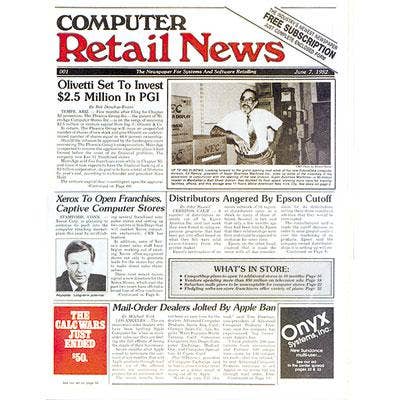
CRN's 30 Years
Where were you in 1982? CRN knows where it was, gearing up for its very first issue—then known as Computer Retail News—and preparing to become the channel advocate and deliverer of industry news to solution providers. But how times have changed since CRN made its debut on June 7, 1982.
In honor of our 30th anniversary, we've prepared a timeline of some of our past covers and coverage. In 30 years, technology has evolved and the channel has kept pace with the change. Here's a look back:
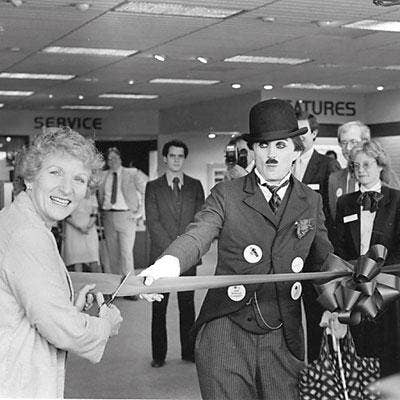
1982
In October, San Jose, Calif., Mayor Janet Gray Hayes and Businessland founder Dave Norman open the first store in the chain. They get a little help from a Charlie Chaplin knockoff character, which IBM used in its early IBM PC ads.
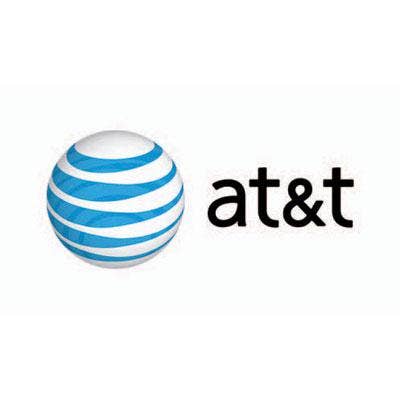
1983
Hanging up: Plans for the breakup of AT&T are approved, putting an end to lengthy -- and expensive -- proceedings. The result is the creation of seven Regional Bell Operating Companies (RBOCs), or "Baby Bells."
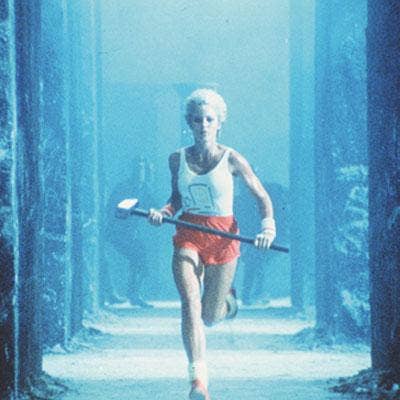
1984
Apple treats Super Bowl viewers to its "1984" commercial for the brand-new Macintosh. The ad first aired during the third quarter of Super Bowl XVIII and is still revered as one of the best of all time. It was updated 20 years later for the iPod.
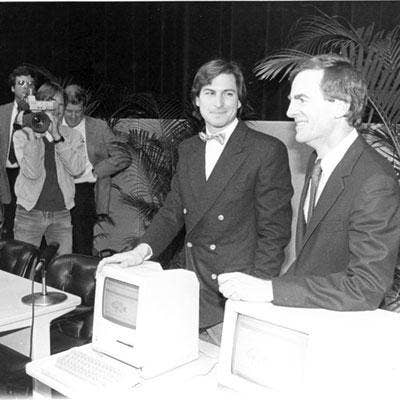
1985
Apple CEO John Sculley (right) on July 29 relieves co-founder Steve Jobs (left) of day-to-day resonsibilities. Jobs would quit later that year. Sculley, a former president of Pepsi, remained with Apple until 1993 and now runs a venture capital firm with his brother.
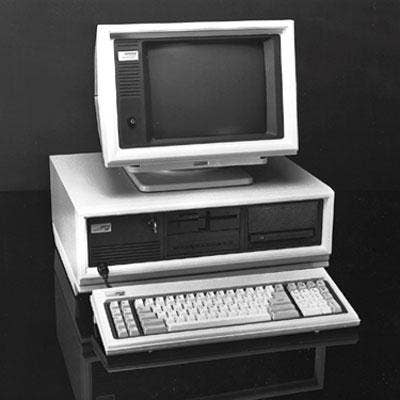
1986
Compaq debuts the Deskpro 386, based on Intel's 32-bit 80386 processor, in September. It marked the first real competitive threat to IBM and, indeed, Compaq soon jumped ahead of Big Blue in terms of PC innovation and share.
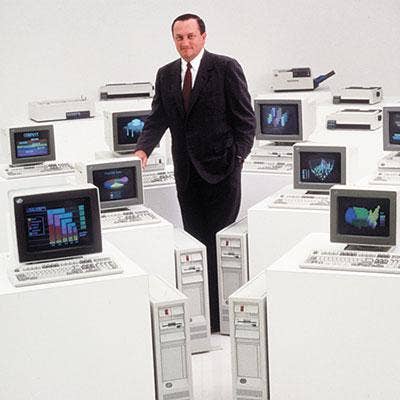
1987
With the Personal System/2 (PS/2), IBM's Bill Lowe hopes to establish the Micro Channel Architecture as an industry standard. It featured a proprietary architecture that never gained enough traction in the market, in part due to increasing demand for the Windows/Intel systems.
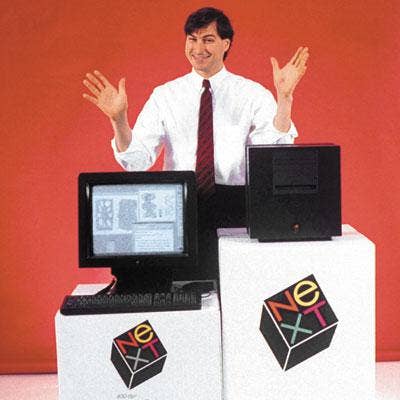
1988
Steve Jobs returns with the launch of NeXT Computer, a cube-shaped computer that ran Motorola processors, a Unix-based OS and cost $6,500. The company was purchased by Apple in 1996 for more than $400 million and 1.5 million shares of Apple stock, marking the return of Jobs to Apple.
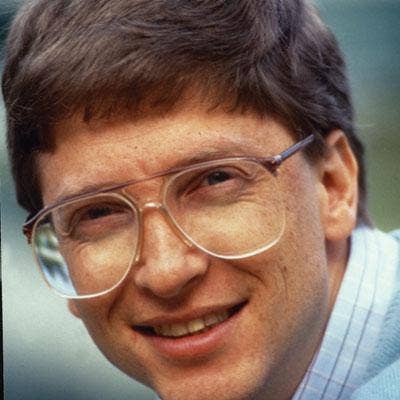
1989
Bill Gates powers things up with Microsoft's first version of Office for the Mac. The suite included Word, Excel and PowerPoint and was launched for Windows a year later.
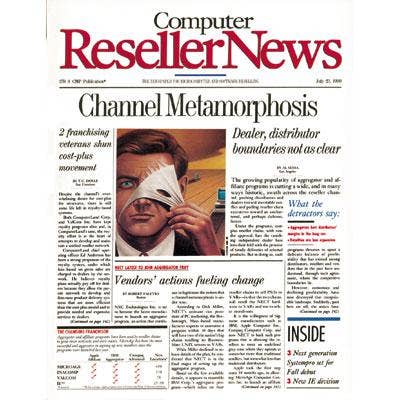
1990
The channel begins to shift as dealer and distributor boundaries blur. The rise of aggregator and affiliate programs, which created cost-plus reseller chains that had vendor approval, spelled conflict for independent dealers.
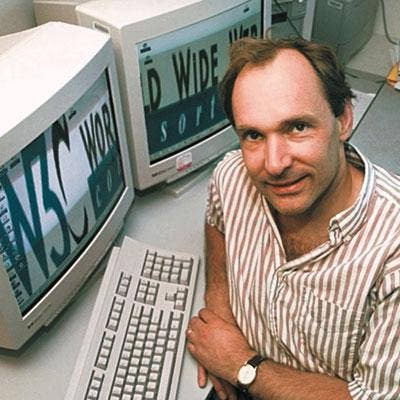
1990
You don't say: Tim Berners-Lee develops the HyperText Markup Language as a contractor for CERN with help from Robert Cailliau. Info.cern.ch was created as the world's first Web site.
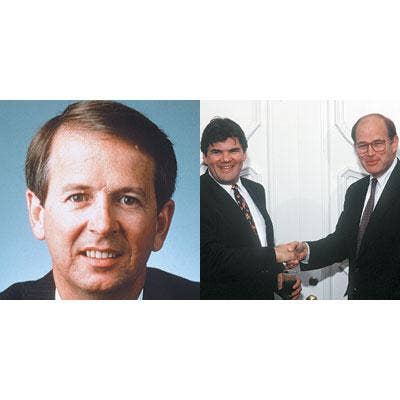
1991
Compaq co-founder Rod Canion (far left) is ousted as CEO. Also that year, Borland's Philippe Kahn (left) shakes with Bill Lyons on a $439 million deal to buy desktop database company Ashton-Tate.
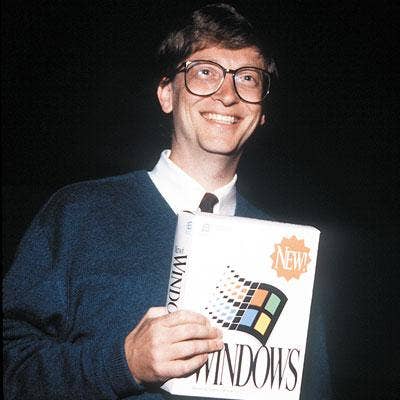
1992
Microsoft ships Windows 3.1, vaulting the graphical user interface into prime time. The 16-bit OS featured a TrueType font system that made Windows friendly for millions of consumers using PCs for the first time.
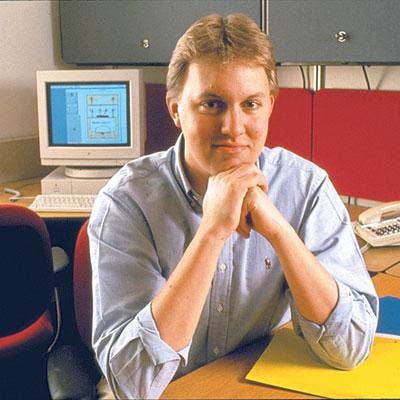
1993
Marc Andreessen and a team of programmers release a new Web browser, Mosaic, that was created at the National Center for Supercomputing Applications. Mosaic was a popular early browser to access the Internet until Andreessen later created Netscape Navigator.
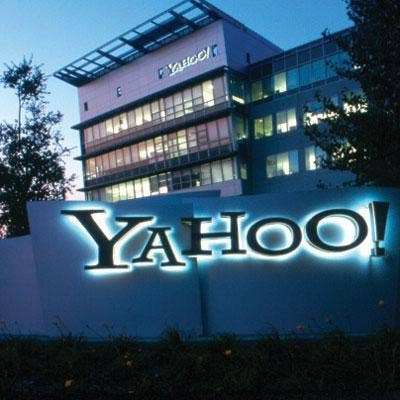
1994
Exclamation point: Jerry Yang and David Filo begin compiling the database of Web sites that would become the foundation for Yahoo. Originally called "Jerry and David's Guide to the World Wide Web," the Web site registered more than 1 million hits by the end of the year.
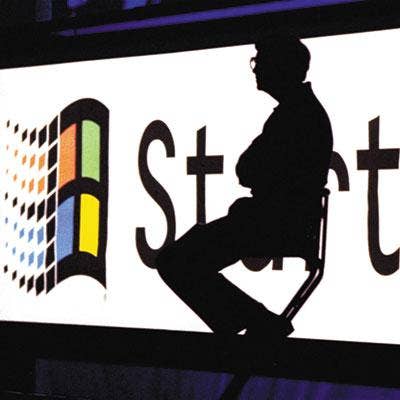
1995
Bill Gates is illuminated as he presides over the launch of Windows 95, part of Microsoft's massive marketing campaign for the latest version of its operating system. Win 95 introduced the world to "plug-and-play," the Start menu and more.
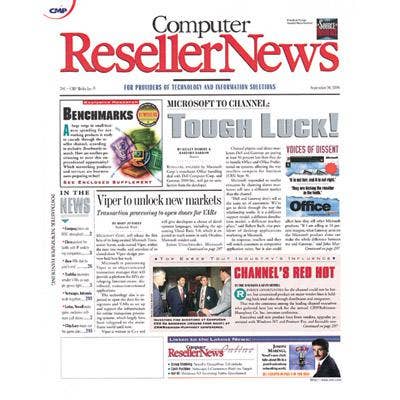
1996
CRN's coverage eventually has Microsoft overhauling its OEM policies. Resellers are angered by the ability of large direct PC manufacturers, such as Dell and Gateway, which are able to purchase Microsoft Office for less than half of what the channel paid to include the suite in new PCs.
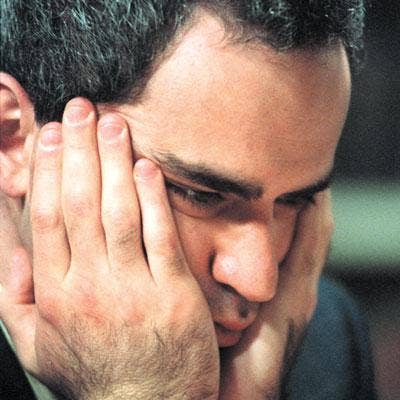
1997
IBM's "Deep Blue" beats world chess champion Gary Kasparov, three and a half matches to two and a half matches, becoming the first computer system to defeat a reigning world champion under standard chess tournament rules. It was built on an RS/6000 SP Thin P2SC-based system with 30 nodes.
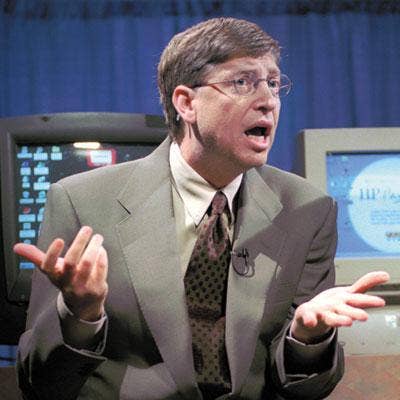
1998
The DOJ's antitrust lawsuit against Microsoft starts on Oct. 18, revealing a new side of Bill Gates. Microsoft was charged with illegally thwarting competition and Gates argued over the definitions of commonplace words while on the stand. The case lasted more than a year before a judge ruled that Microsoft had created a monopoly. Microsoft appealed and a settlement was reached in 2001.
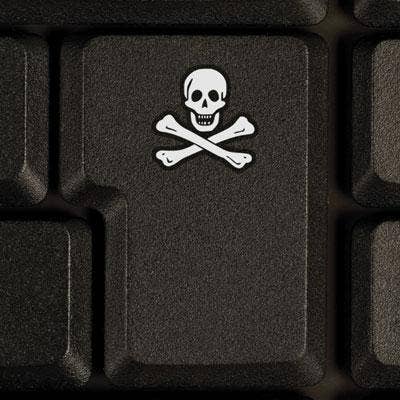
1999
Napster co-founder -- and teenager -- Shawn Fanning rattles the recording industry with his peer-to-peer digital music swapping service, leading to a legal dispute. A judge orders the service shut down, but its peer-to-peer technology has lived on.
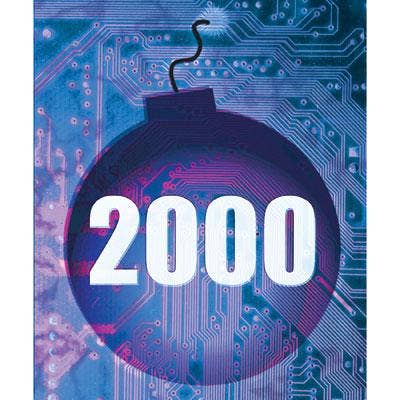
2000
The Y2K bug, which threatens to disrupt all of the world's computer systems, shakes up IT spending patterns, creates a new class of software integrators and makes everyone much more aware of how pervasive technology has become.
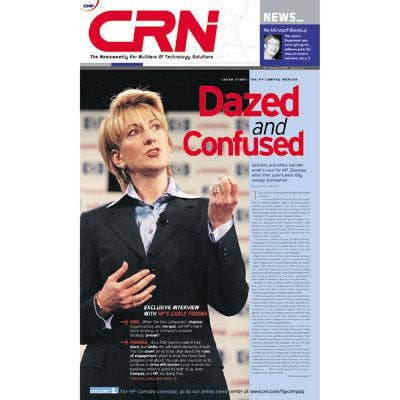
2001
HP's Carly Fiorina spends the Labor Day weekend finalizing a shocking takeover bid for Compaq. The hotly contested deal, which closed in mid-May 2002, dominated headlines for months to come.
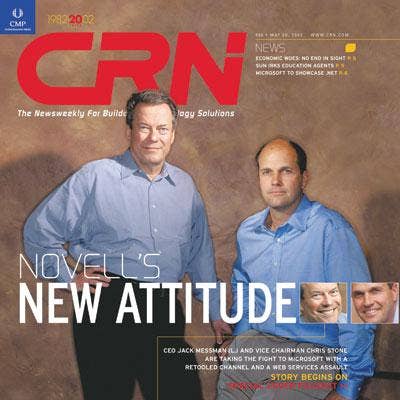
2002
Novell CEO Jack Messman (left) and Vice Chairman Chris Stone are out to get more respect in software services. Eight years later, the company was sold to Attachmate for $2.2 billion.
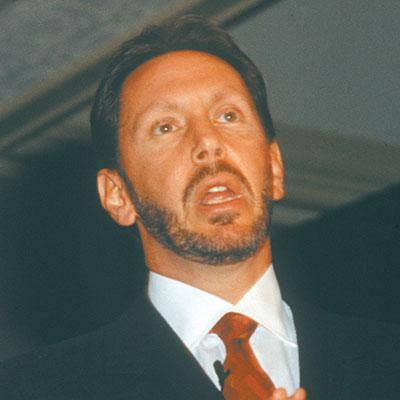
2003
Oracle's Larry Ellison launches a hostile takeover bid to buy PeopleSoft. Eventually, the two companies come to an agreement and Oracle would make dozens more acquisitions in the following years.
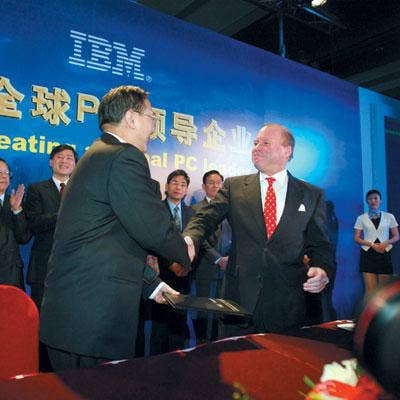
2004
IBM and Lenovo executives shake hands as IBM divests its PC business in the deal for $1.75 billion. The deal allowed IBM to focus on more advanced technology and Lenovo to make inroads into the U.S. market.
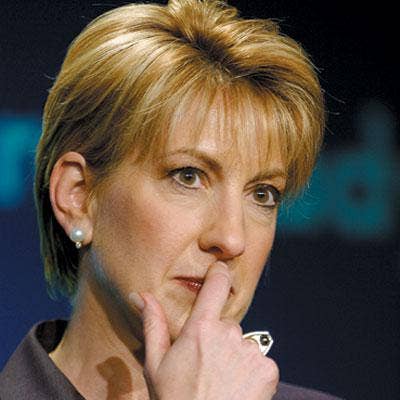
2005
HP's Carly Fiorina is out as CEO after falling out of graces with the company's board of directors. A month later, the company hires Mark Hurd to replace her.
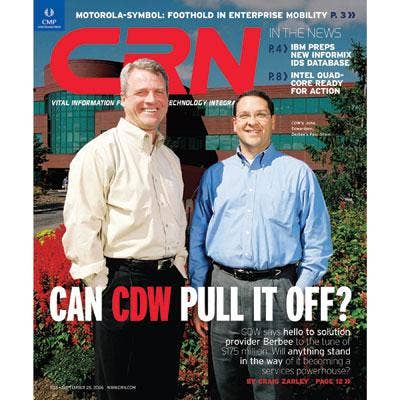
2006
CDW buys Berbee Information Networks to try to become a services powerhouse. Then-CEO John Edwardson later said he wanted to acquire more solution providers to expand its services business and reach $10 billion in sales by 2008. That never happened and CDW was acquired by Madison Dearborn and taken private.
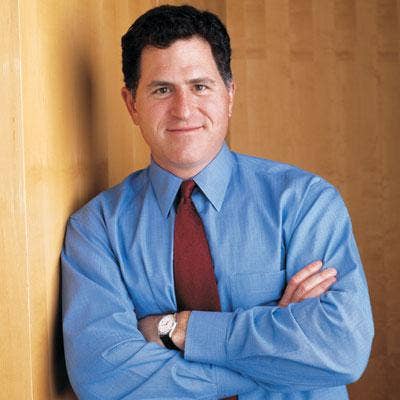
2007
Michael Dell says the company will work directly with solution providers through the formation of its first official channel program, PartnerDirect. In four-plus years, Dell's channel has grown through acquisitions and the expansion of certifications, most recently in the cloud services space.
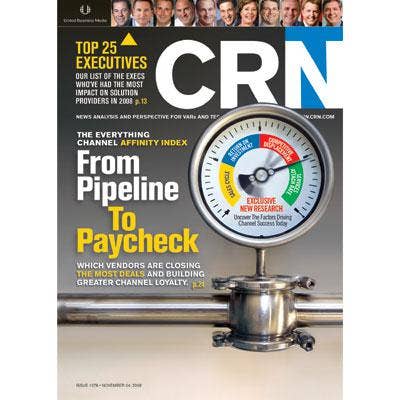
2008
CRN advocates for solution providers in detailing which vendors are closing the most deals and creating channel loyalty. The Affinity Index found that even large, well-established vendors could risk losing market share if they didn't focus on areas of importance to solution providers.
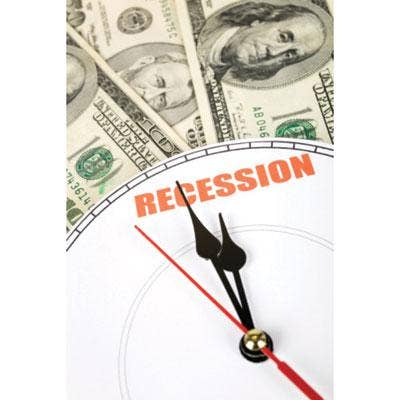
2009
As the recession drags on, solution providers find it very difficult to obtain credit. VARs that saw their distributor and bank credit lines diminish or disappear were forced to find alternative financing sources in order to make deals happen.
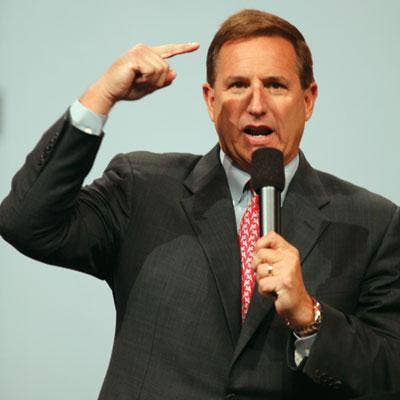
2010
HP's Mark Hurd is let go as CEO; a few months later Oracle hires him as co-president. The move ignites a bitter feud between the two companies that continues to this day.
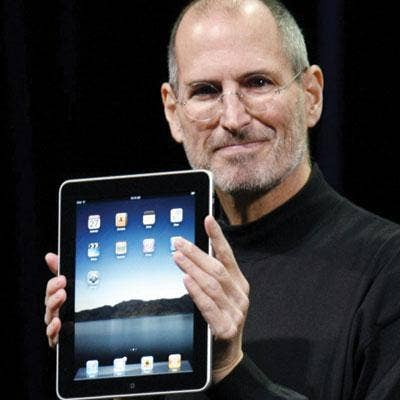
2011
Steve Jobs passes away as perhaps the biggest icon in technology history, leaving a legacy and Apple at an astounding $500 billion-plus market cap.
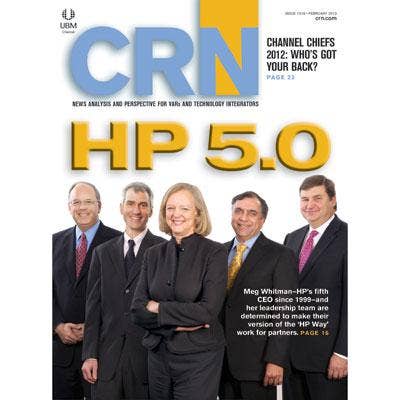
2012
New HP CEO Meg Whitman sits down with CRN and discusses the vendor's new course and how solution providers can benefit. One change already? A plan to integrate the company's PC and printing business units.
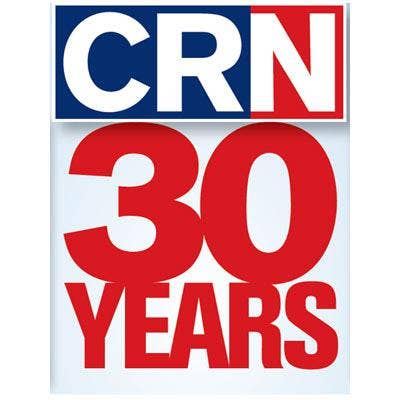
More From CRN's 30th Anniversary Celebration
CRN Turns 30:
CRN's 30th Anniversary
30 In Their 30s
30 Peers With 30 Years